
Vignola Palazzo Farnese Piacenza 15601564 Architettura
The Palazzo Farnese (or Villa Farnese) is located in Caprarola in the province of Viterbo in Lazio. It is one of the best examples of Mannerism era dwellings.. Vignola, whose defensive purpose failed, radically changed the original project: the building, while maintaining the pentagonal plan of the original fortification, was transformed.
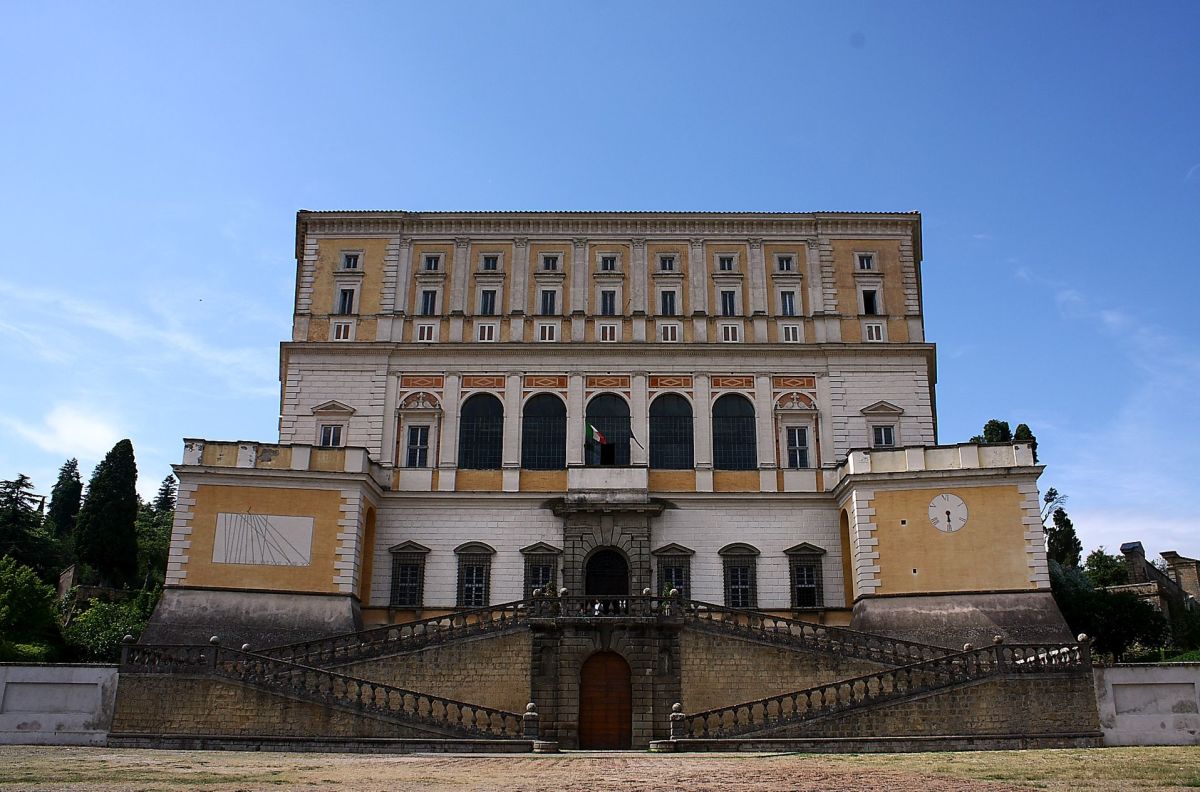
Palazzo Farnese a Papal Family and their Majestic Palaces in Rome
Commissioned in 1513 by Alessandro Farnese (1468-1549), the future Pope Paul III, and completed in 1589, it was built under the direction of four great architects-Sangallo the Younger, Michelangelo, the Vignola Giacomo Della Porta. Among the masterpieces of Palazzo Farnese that will be on view during the guided tour is the world-famous Galleria.
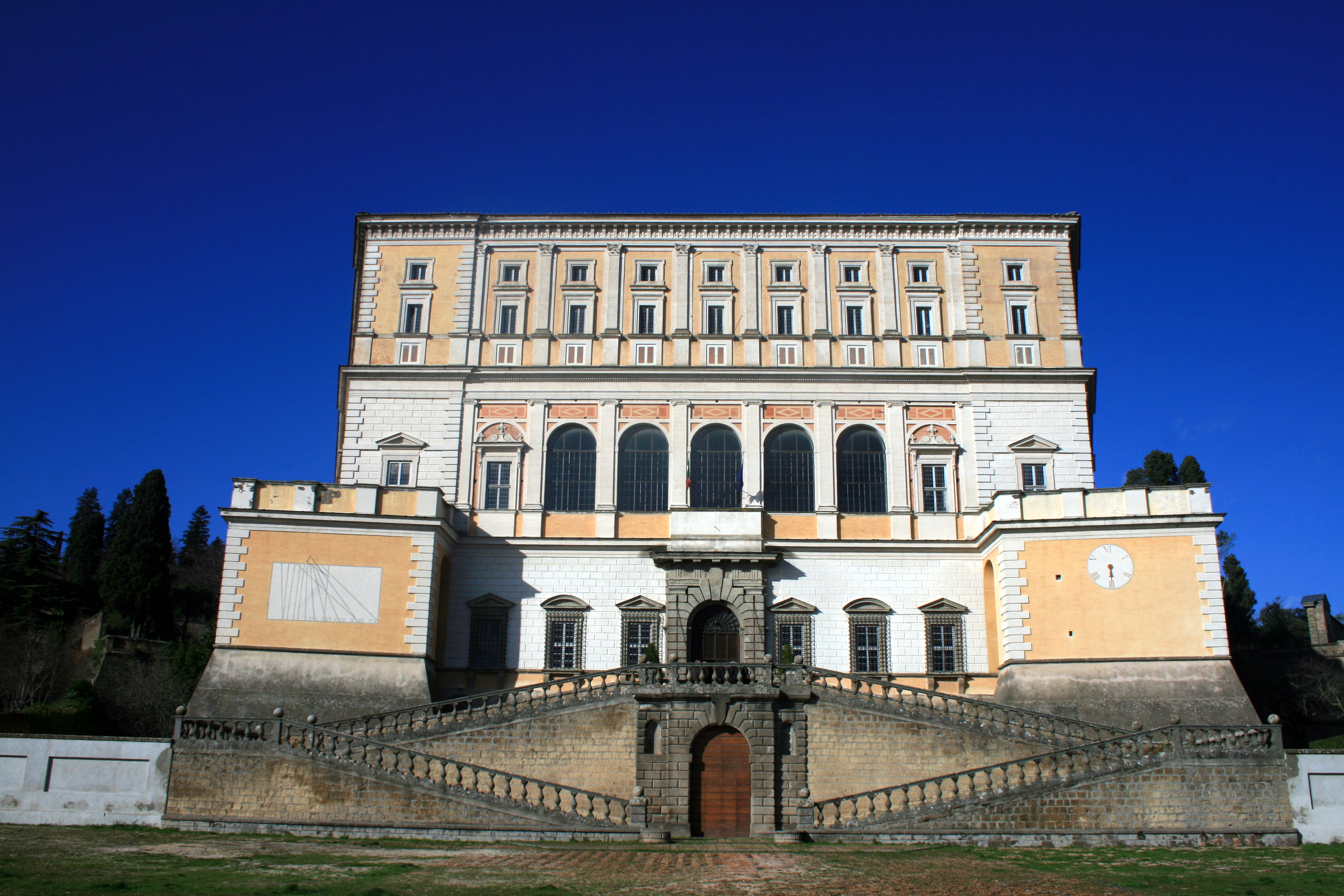
Palazzo Farnese Caprarola Folia Magazine
Palazzo Farnese a Caprarola - gioiello unico La Guida sul comune di CaprarolaQui trovi informazioni per conoscere la città ed il suo territorio, cosa vedere, cosa fare, dove mangiare e dove dormire Il Palazzo Farnese Storia del Palazzo Storia dei Farnese Le stanze e gli affreschi La Cappella La Scala Regia Il Cortile Circolare
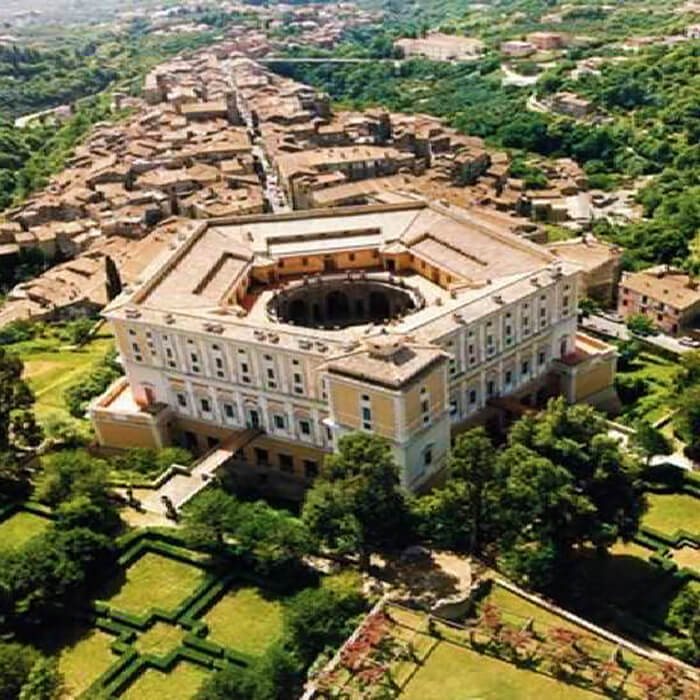
Palazzo Farnese di Caprarola la Fortezza Pentagonale Visite guidate
Coordinates: 45.0557°N 9.6961°E Palazzo Farnese. The project for the façade of Palazzo Farnese, Piacenza, by Jacopo Barozzi da Vignola. The court. Palazzo Farnese is a palace in Piacenza, northern Italy . History The older remaining part of the Visconti Citadel still shaped as fortress.

Vignola Palazzo Farnese Caprarola Casino 15501573 Italian
Giacomo (or Jacopo) Barozzi (or Barocchio) da Vignola (often simply called Vignola) (1 October 1507 - 7 July 1573) was one of the great Italian architects of 16th century Mannerism. His two great masterpieces are the Villa Farnese at Caprarola and the Jesuits' Church of the Gesù in Rome.

European Architecture — Palazzo Farnese (Caprarola) architect Jacopo...
Villa Farnese is an Italian estate near Viterbo, around 55 km north-west of Rome. It stands on a hilltop site overlooking the medieval village of Caprarola and was built for Cardinal Alessandro Farnese, grandson of Pope Paul III, by Jacopo Vignola and his successors from 1557 to 1583. The interior contains a series of frescoes that constitute.

Vignola Palazzo Farnese Piacenza 15601564 Architettura, Italia
Farnese Palace. Set in the middle of a small piazza, Palazzo Farnese is an impressive testament to the great artists of the Renaissance: Antonio da Sangallo, Michelangelo, Vignola, and Giacomo Della Porta.Considered one of the wonders of Rome, its sheer size has earned it the nickname "the die".. It all began when Cardinal Alessandro Farnese (the future Pope Paul III) purchased and then.

Palazzo Farnese 06 (Caprarola) Jacopo Barozzi da Vignola Villas
Villa Farnese can be visited from Tuesday to Sunday (8.30 AM to 7.30 PM). The gardens are open from Tuesday to Saturday (8.30 AM to one hour before dusk). Nearby you can visit the ancient beech.
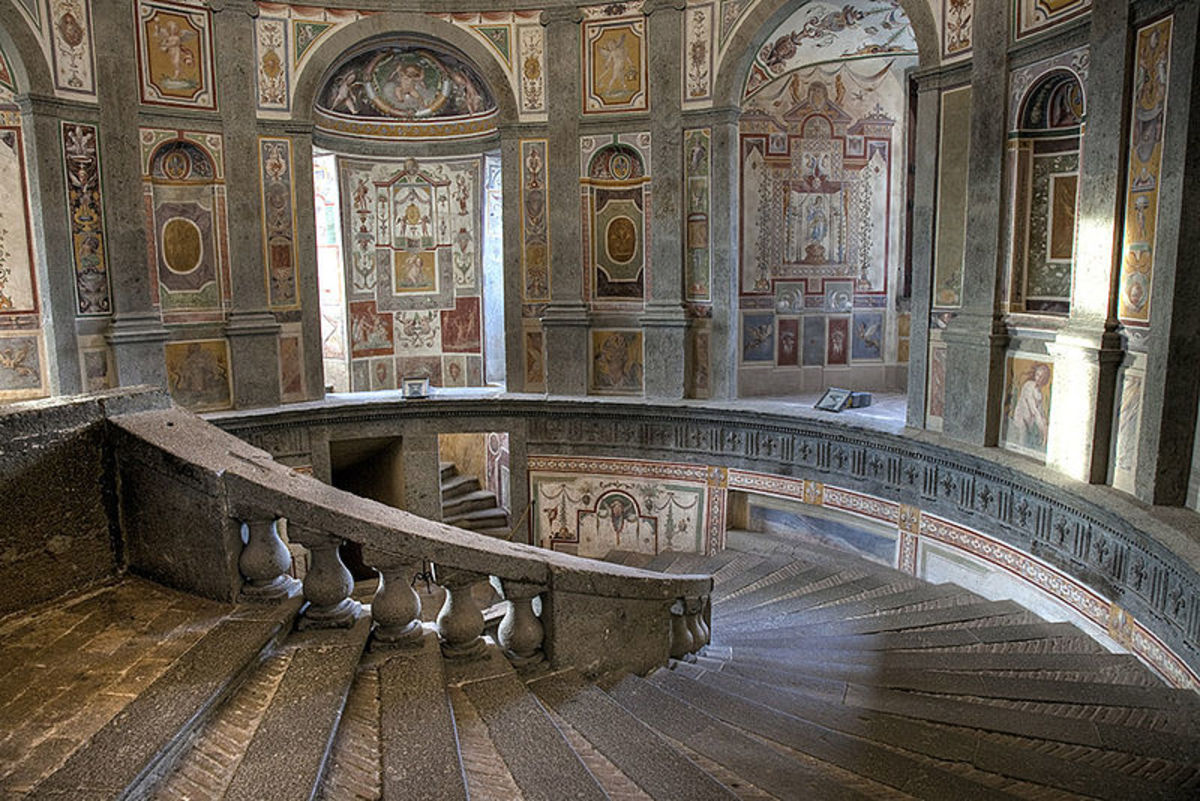
Palazzo Farnese a Papal Family and their Majestic Palaces in Rome
Palazzo Farnese. A. Caprarola troviamo una delle più importanti opere di architettura del XVI secolo: il Palazzo Farneseo. Questa meravigliosa villa, pensata per essere una residenza fortifica fu progettata da Jacopo Barozzi da Vignola (che trasformò un primo progetto di Antonio da Sangallo il Giovane) e costruita tra il 1559 e il 1575.

Vignola Villa Farnese (1550) Facade architecture, Facade
Surroundings of Rome: Palazzo Farnese in Caprarola, the architectural masterpiece by Vignola If you are in the enchanting Rome, you cannot miss the famous Palazzo Farnese located in Caprarola (province of Viterbo); it is less than 100 km from the capital and it is open every day (except on Mondays) from 09.30am to 7.30pm.

Palazzo Farnese, Caprarola Italia Italy travel, Italy, Best of italy
Located 60 kilometers (37 miles) north of Rome in the town of Caprarola, in the heart of the Tuscia region, this stunning Renaissance palace is the ideal spot to soak up some history and see some beautiful architecture. The most interesting part? It's shaped like a pentagon. A Brief History Of Villa Farnese, Caprarola

Palazzo Farnese Il capolavoro del Vignola a Caprarola
The Palazzo Farnese of Caprarola is one of the best examples of Renaissance mansion, built for the Roman Farnese family in Caprarola. The construction of the building - with its distinctive pentagonal shape - was entrusted from Alessandro Farnese (who became Pope Paul III) to Antonio da Sangallo, who began working around 1530 and, after a break, it was completed at the behest of Alessandro.

Vignola Palazzo Farnese Caprarola 15501573 Architettura
Il Palazzo Farnese (o Villa Farnese) si trova a Caprarola in provincia di Viterbo nel Lazio. Fu costruito per la famiglia Farnese e costituisce uno dei migliori esempi di dimora di epoca manierista . Dal dicembre 2014 il Ministero della Cultura lo gestisce tramite il Polo museale del Lazio, nel dicembre 2019 divenuto Direzione regionale Musei .

Palazzo Farnese Il capolavoro del Vignola a Caprarola
Palazzo Farnese ( [paˈlattso farˈneːze, -eːse]) or Farnese Palace is one of the most important High Renaissance palaces in Rome. Owned by the Italian Republic, it was given to the French government in 1936 for a period of 99 years, and currently serves as the French embassy in Italy.

European Architecture — Palazzo Farnese (Caprarola) architect Jacopo...
This magnificent landmark, also referred to as Palazzo Farnese (or perhaps Villa Caprarola), has a lengthy history — more than 500 years to be exact.. The succeeding Farnese family hired Giacomo Barozzi da Vignola as the project's designer. He was among the most well-known Italian architects of the 16th century and lived from October 1.
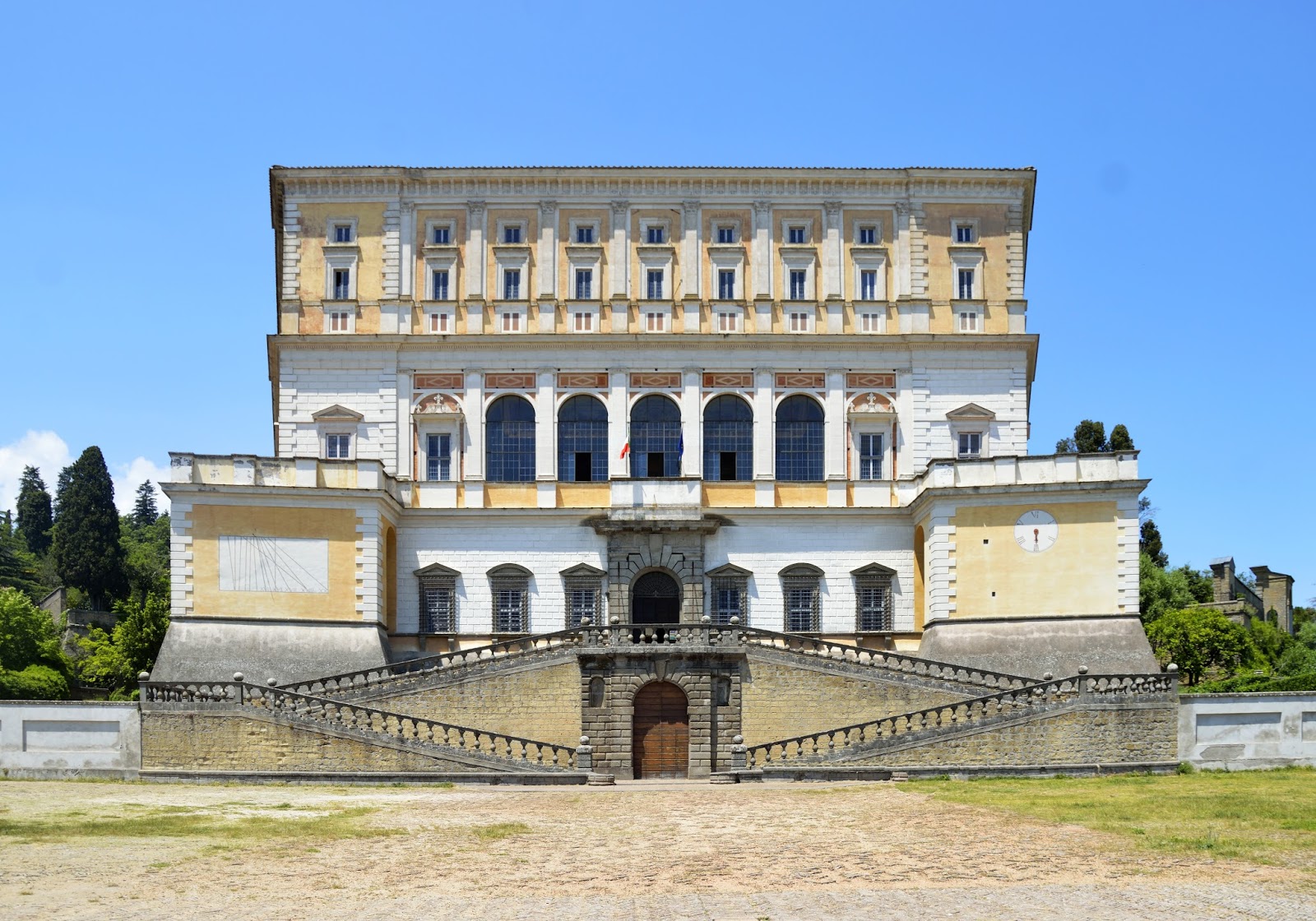
Barozzi da Vignola architect Italy On This Day
The rooms reveal an extraordinary cycle of wall paintings of the period 1560-83 celebrating themes from history, mythology, the seasons and the Bible in celebration of the Farnese family. Vignola painted architectural designs in many rooms to create the illusion of larger spaces. Also read: How to visit Palazzo Farnese